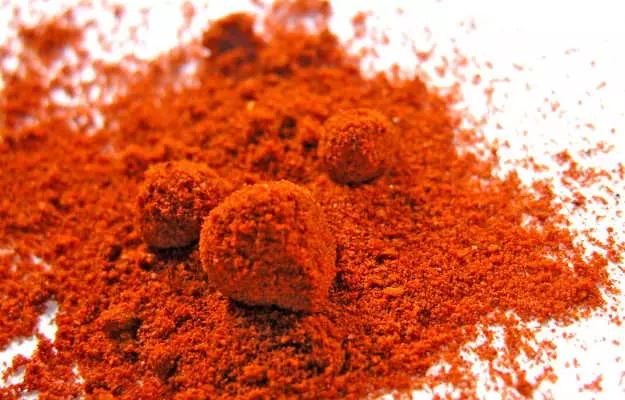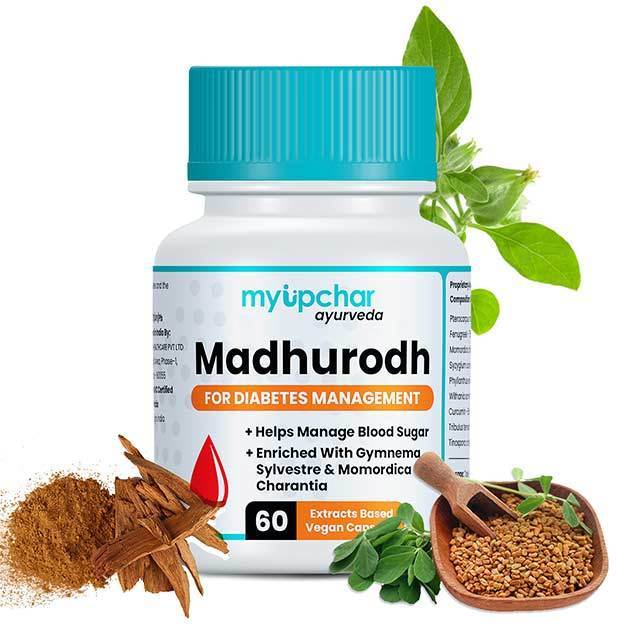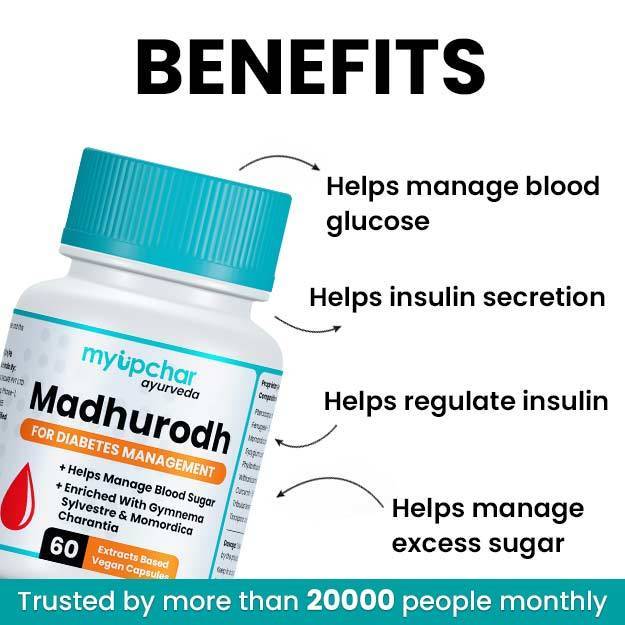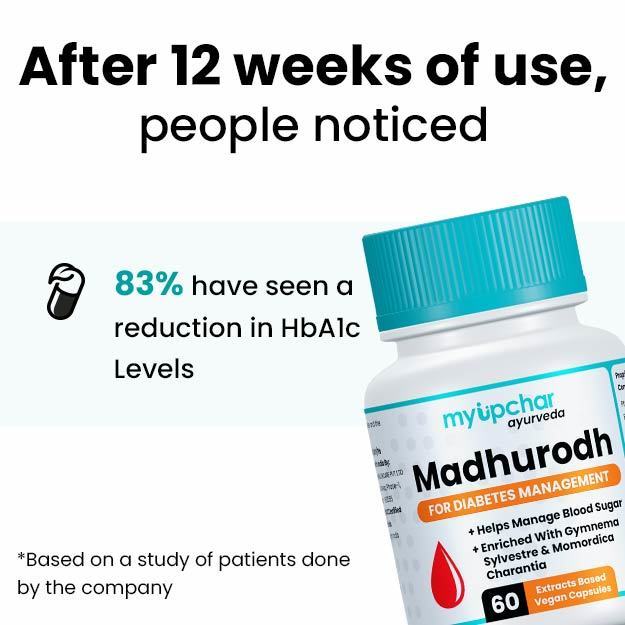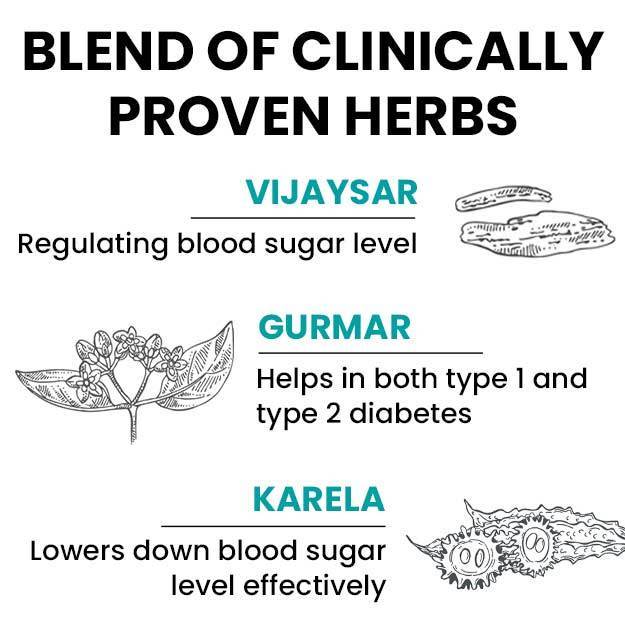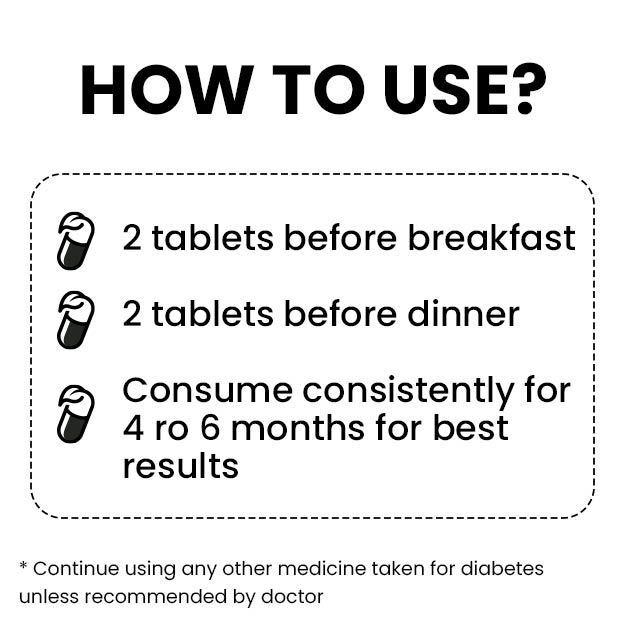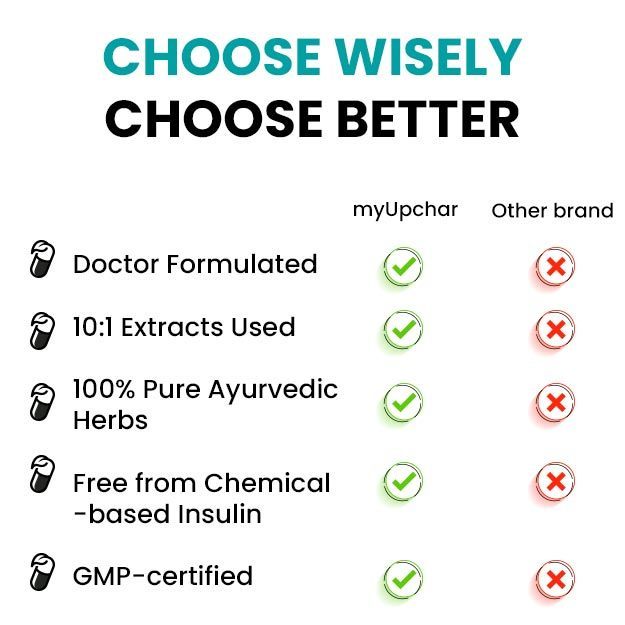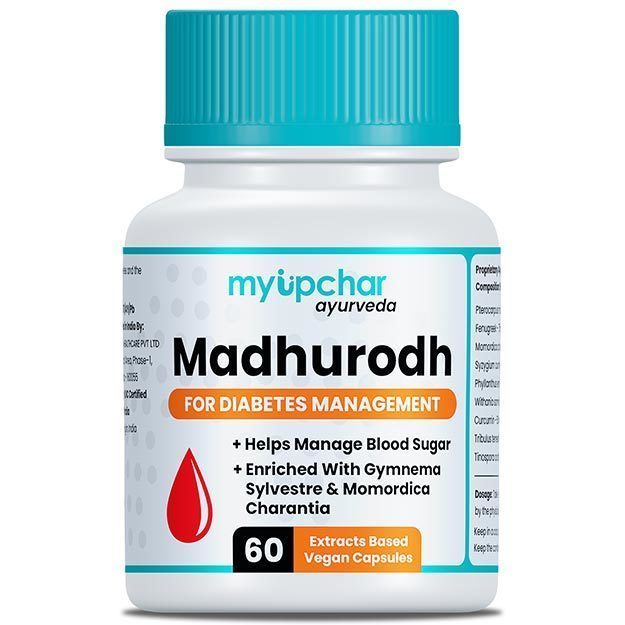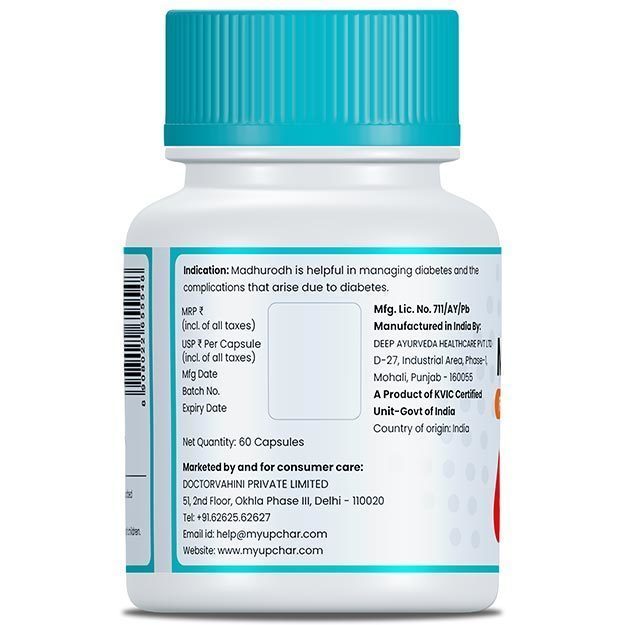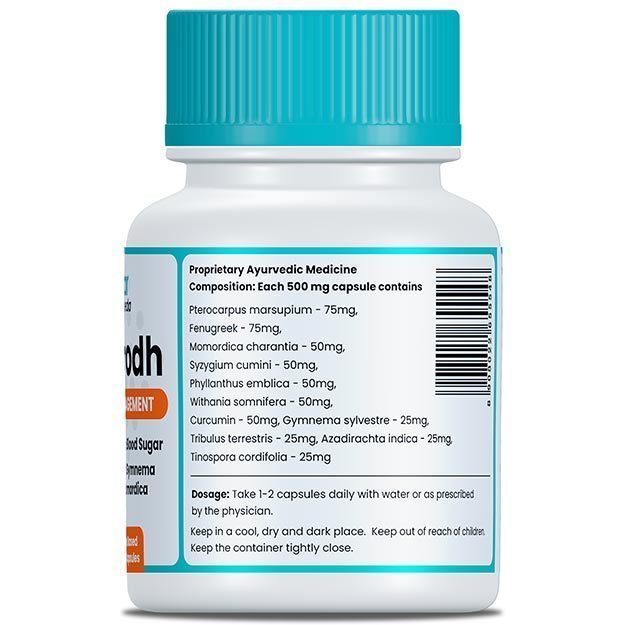Paprika is a spice that is well-loved all over the world. Originated in central Mexico, it consists of dried and ground chilli peppers of the plant Capsicum annuum.
Paprika is a burst of flavours and has many variants in terms of
- Flavours such as sweet, smoked, and hot
- Colours, such as red, orange, and yellow
Basic facts about paprika
- Botanical name: Capsicum annuum
- Common name: Paprika
- Family: nightshade family, Solanaceae
- Parts used: Pepper pods
- Native region: Central Mexico
Did you know?
This popular spice made its way to Europe (Spain) with Christopher Columbus. Columbus also took paprika to Hungary, where people initially used it as a medicine and not as a spice. What made them do so? Let’s find out.
Paprika health benefits
Yellow and orange paprika contain alpha and beta-carotenes (zeaxanthin and lutein), and beta-cryptoxanthin and red paprika contain two pigments called capsanthin and capsorubin. These pigments are known to improve eye health and reduce oxidative stress, among other health benefits listed below:
Paprika reduces inflammation
A compound called capsaicin is known to be present in hot paprika. Capsaicin has various therapeutic properties which include reducing inflammation. The compound binds itself to receptors on nerve cells, which in turn help reduce inflammation as well as associated pain.
Several studies have shown that capsaicin provides protection against a variety of autoimmune diseases, nerve damage, digestive issues and arthritis.
Paprika improves cholesterol levels
A specific carotenoid called capsanthin present in red paprika is known to increase the levels of HDL (high-density lipoprotein)—the good cholesterol in the body. The carotenoids present may also reduce levels of bad cholesterol (LDL) and total levels of cholesterol as well. This indirectly lowers the risk of heart disease.
Read more: Foods to lower cholesterol
Use paprika to boost eye health
Paprika contains carotenoids which are a great source of vitamin A for the body. And vitamin A, as we all know, is crucial for maintaining eye health.
Lutein and zeaxanthin in paprika have been linked to better eye health. In fact, studies show that these two antioxidants help in lowering the risk of cataracts and AMD (age-related macular degeneration).
Paprika for blood sugar management
Capsaicin is the spicy or hot ingredient that makes paprika extremely beneficial. It has multiple benefits, one of them is helping to manage diabetes.
Studies show that the capsaicin in paprika may influence the genes involved in the control of blood sugar—it inhibits the enzymes responsible for breaking down sugar. By extension, it may also improve the body’s insulin sensitivity. (Read more: What is insulin resistance?)
Paprika may protect against cancer
Even though more extensive research needs to be done on this subject, studies show that compounds present in paprika could help fight cancer.
Capsaicin and the carotenoids present in this spice—namely, lutein and zeaxanthin—may block cancer cell growth. These compounds are known to reduce oxidative stress which is linked with an increased risk of getting cancer.
Paprika may help fight chronic illnesses
Paprika contains various vitamins (vitamin A, vitamin B6, vitamin E,), minerals like iron and a number of antioxidants. This makes it extremely nutritious.
The antioxidants fight free radicals which may cause cell damage. Free radicals are also linked with chronic illnesses like heart disease and cancer. Consuming foods rich in antioxidants, including paprika, may help in fighting these chronic illnesses.
Paprika keeps blood healthy
Paprika contains small amounts of vitamin E and iron that are vital for healthy blood. Iron is crucial for the production of haemoglobin, which binds with oxygen to take it throughout the body. Vitamin E is pivotal for the formation of healthy membranes of haemoglobin cells.
Anaemia is a condition in which the number of RBCs or haemoglobin cells in the blood reduces to lower levels than normal.
Appropriate consumption of paprika may, therefore, help ward off the risk of becoming anaemic.
Paprika nutrition facts
A good source of vitamin A, paprika also contains other vitamins like vitamin B6 and vitamin E and minerals like potassium, phosphorus, calcium and choline. Here are some nutrients you can get from one teaspoon (2.3 grams) of paprika, as per the US Department of Agriculture:
| Nutrient | Quantity |
| Carbohydrates | 1.24 g |
| Fibre | 0.803 g |
| Fats | 0.296 g |
| Proteins | 0..325 g |
| Sugars, including fructose | 0.238 g |
| Vitamin A | 56.6 micrograms |
| Vitamin E | 0.669 mg |
| Potassium | 52.4 mg |
| Phosphorus | 7.22 mg |
| Choline | 1.18 mg |
A teaspoon of paprika contains about 6.5 KCal of calories.
Takeaways
Paprika is a versatile, colourful spice that can be included in the diet very easily. It has many beneficial plant compounds that provide protection against a plethora of diseases and health conditions.
Find Nutritionist in cities
References
- Shakeri, A., Soheili, V., Karimi, M. et al. Biological activities of three natural plant pigments and their health benefits. Food Measure 12, 356–361 (2018)
- De La Torre Jessica Elizabeth, Fatma Gassara, Anne Patricia Kouassi, Satinder Kaur Brar & Khaled Belkacemi (2017) Critical Reviews in Food Science and Nutrition, 57:6, 1078-1088
- Kim, J.‐S., Ahn, J., Lee, S.‐J., Moon, B., Ha, T.‐Y. and Kim, S. (2011), Phytochemicals and Antioxidant Activity of Fruits and Leaves of Paprika (Capsicum Annuum L., var. Special) Cultivated in Korea Journal of Food Science, 76: C193-C198

